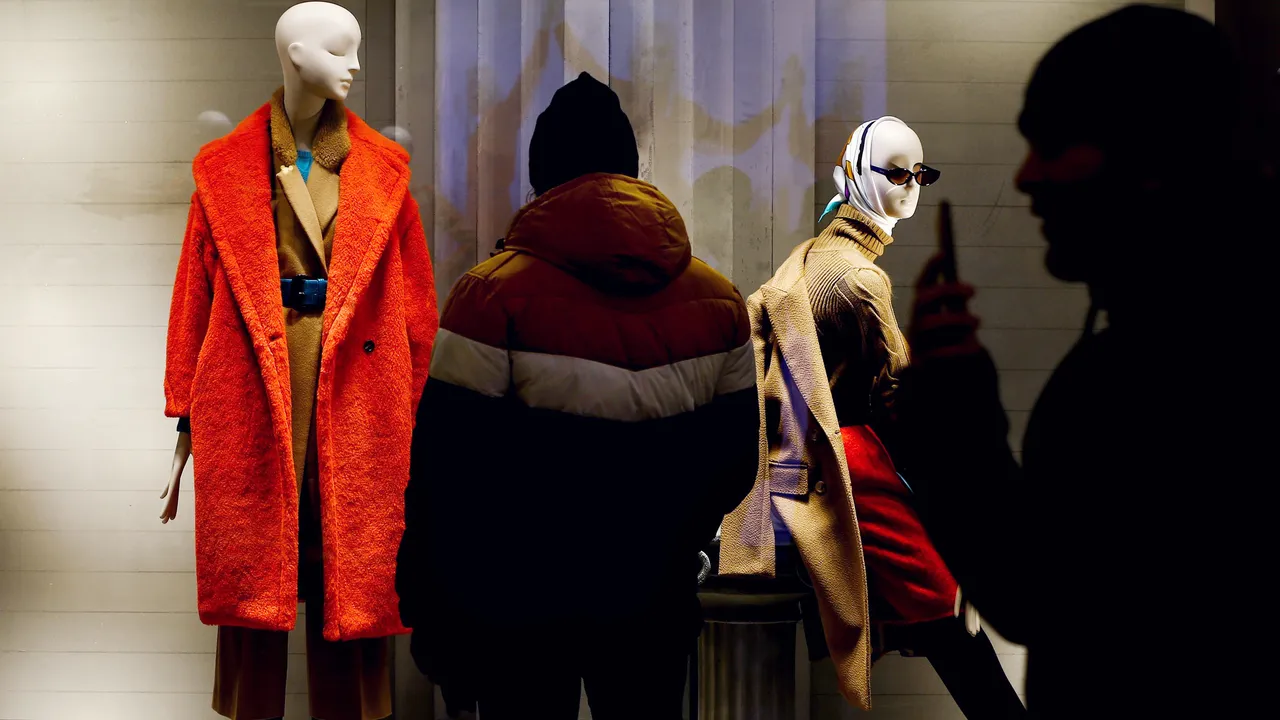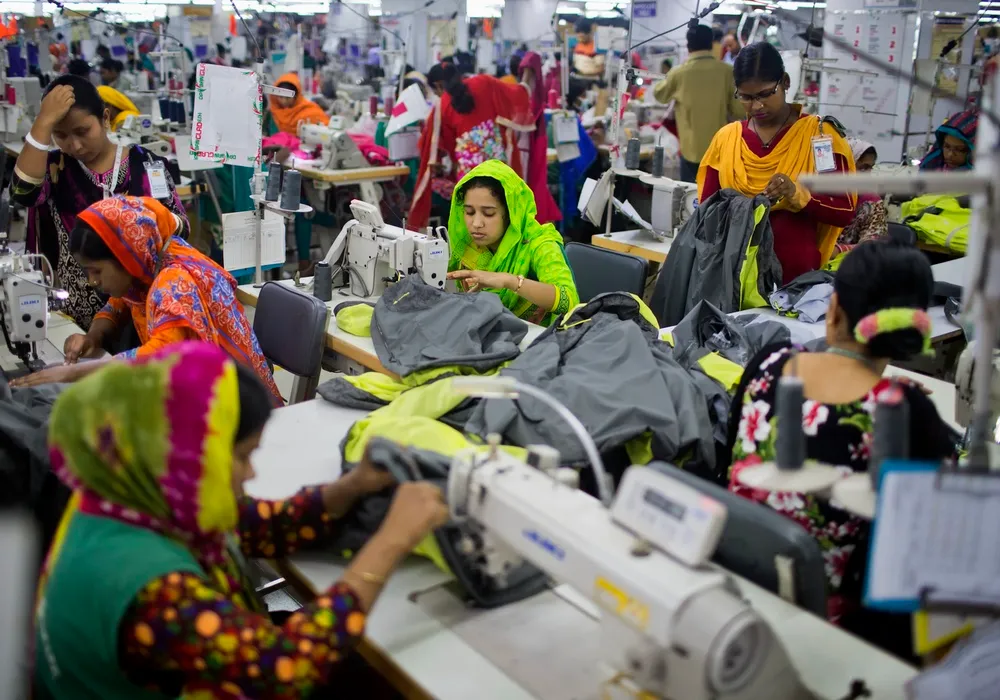15 January 2024, Mumbai
Bangladesh's journey in the realm of ready-made garments (RMG) is a testament to relentless human spirit and the power of overcoming unimaginable odds. From battling logistical hurdles in the late 1970s to becoming a global powerhouse today, the story is one of grit, innovation, and a commitment to continuous improvement.
The industry's early years were marred by challenges. Immature supply chains and a nascent infrastructure presented roadblocks, but the Bangladeshi entrepreneurial spirit persevered. When faced with the global ban on goods made by child labor in the mid-90s, the nation responded swiftly, earning worldwide praise for its decisive action in eradicating and rehabilitating child labor.
This episode showcased the industry's ability to adapt and evolve, a trait that would become its hallmark.
Evolving dynamics
The dismantling of the Multi-Fiber Arrangement (MFA) in 2005 ushered in an era of doubt and uncertainty. Many questioned Bangladesh's ability to compete in a free market.
However, the RMG sector, fueled by relentless drive and an unwavering commitment to quality, proved its critics wrong.
Today, Bangladesh stands tall as a global leader in RMG exports, a remarkable feat for a nation that, only decades ago, struggled to find its footing.
Historic view
Yet, Bangladesh's story is not merely one of economic success. It is also a tale of immense strides towards responsible and sustainable practices. Beyond simply complying with safety and health standards, the industry has embraced environmental responsibility.
Leading the way in sustainable practices and climate action, it owes much of this transformation to the unwavering support of its valued buyers.
This partnership goes beyond mere numbers. Global brands and retailers have played a crucial role in enhancing workplace safety standards and pushing the industry towards a more conscious future.
Vision: Super inspiring
The increasing membership of buyers and buying houses at the BGMEA, through the “Associate Membership” category, speaks volumes about the trust Bangladesh has earned.
As the industry strives for "Sustainability Vision 2030," prioritizing ESG (Environment, Social, and Governance) goals, the future appears bright.
With substantial investments in circular fashion, renewable energy, and modern technologies, Bangladesh is weaving a sustainable future for the RMG industry, one thread at a time.
From humble beginnings to global leadership, Bangladesh's RMG journey is an inspiration to nations embarking on their own development paths. It is a story of courage, resilience, and an unwavering commitment to a better tomorrow, both for its people and the planet.
Highlights:
- Focus on overcoming challenges and achieving global leadership.
- Emphasize the role of stakeholders in driving sustainability.
- Highlight the "Sustainability Vision 2030" and its impact.
- Conclude with a hopeful and inspiring message.
CREDITS: BGMEA Press release


































